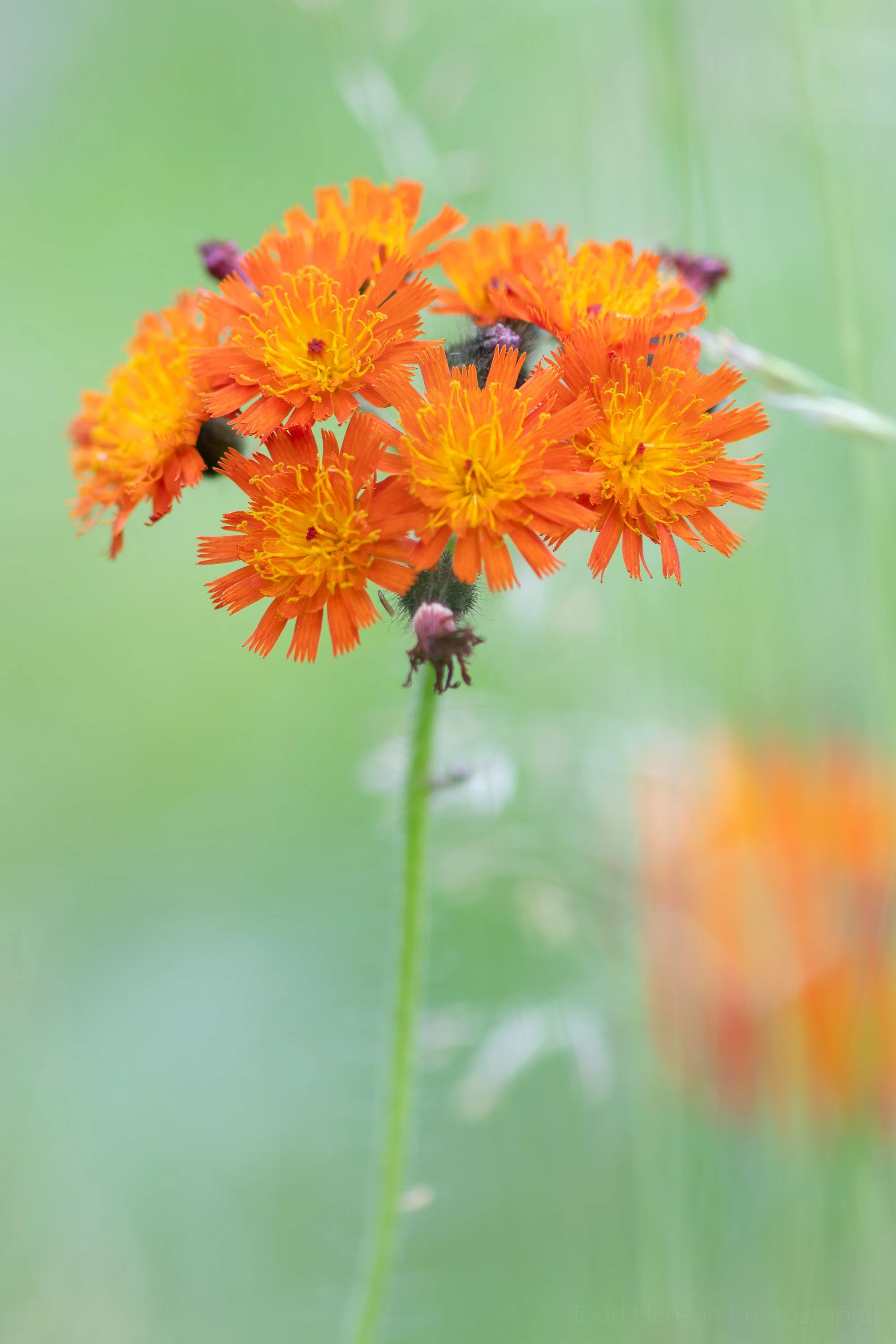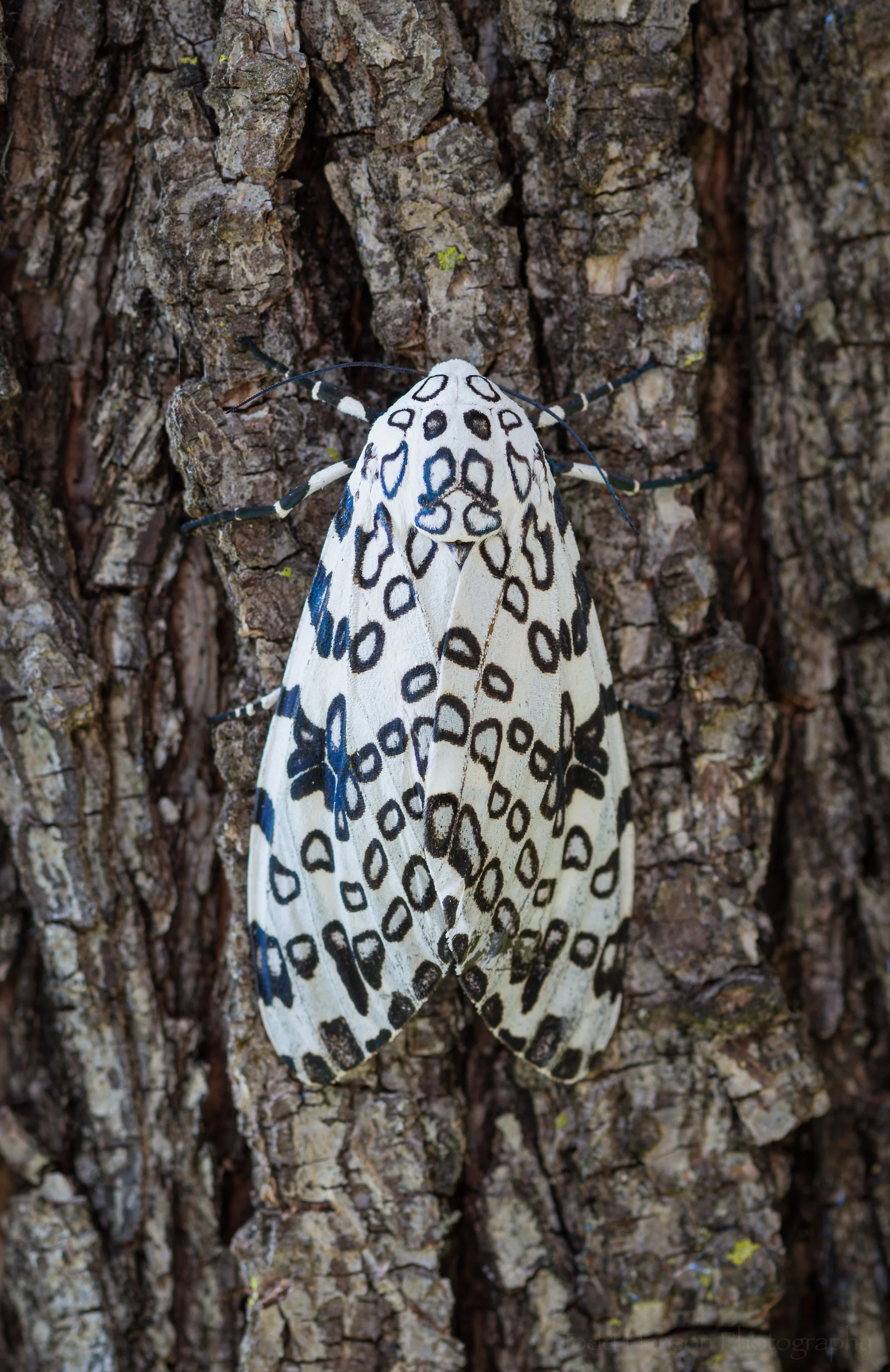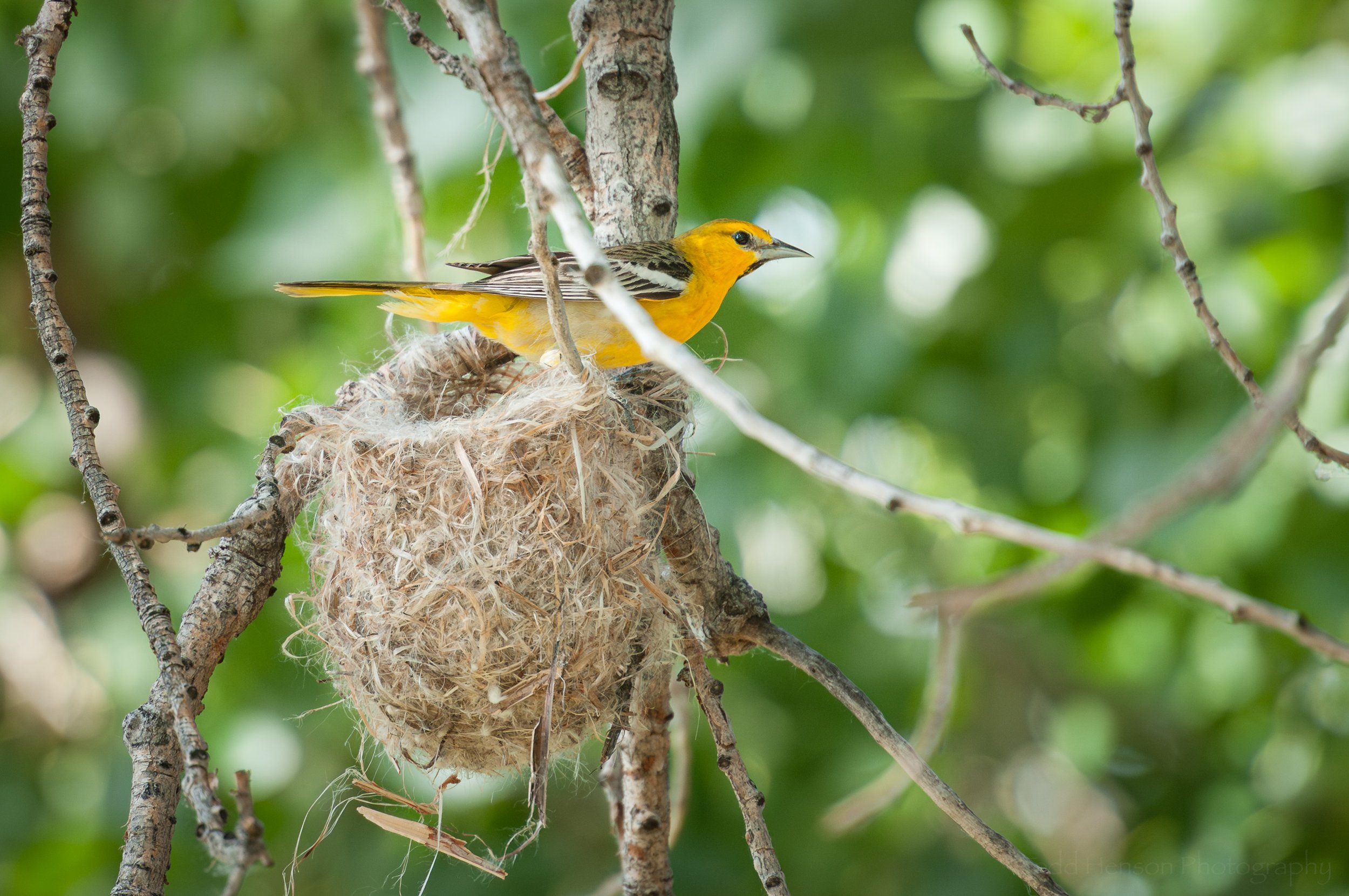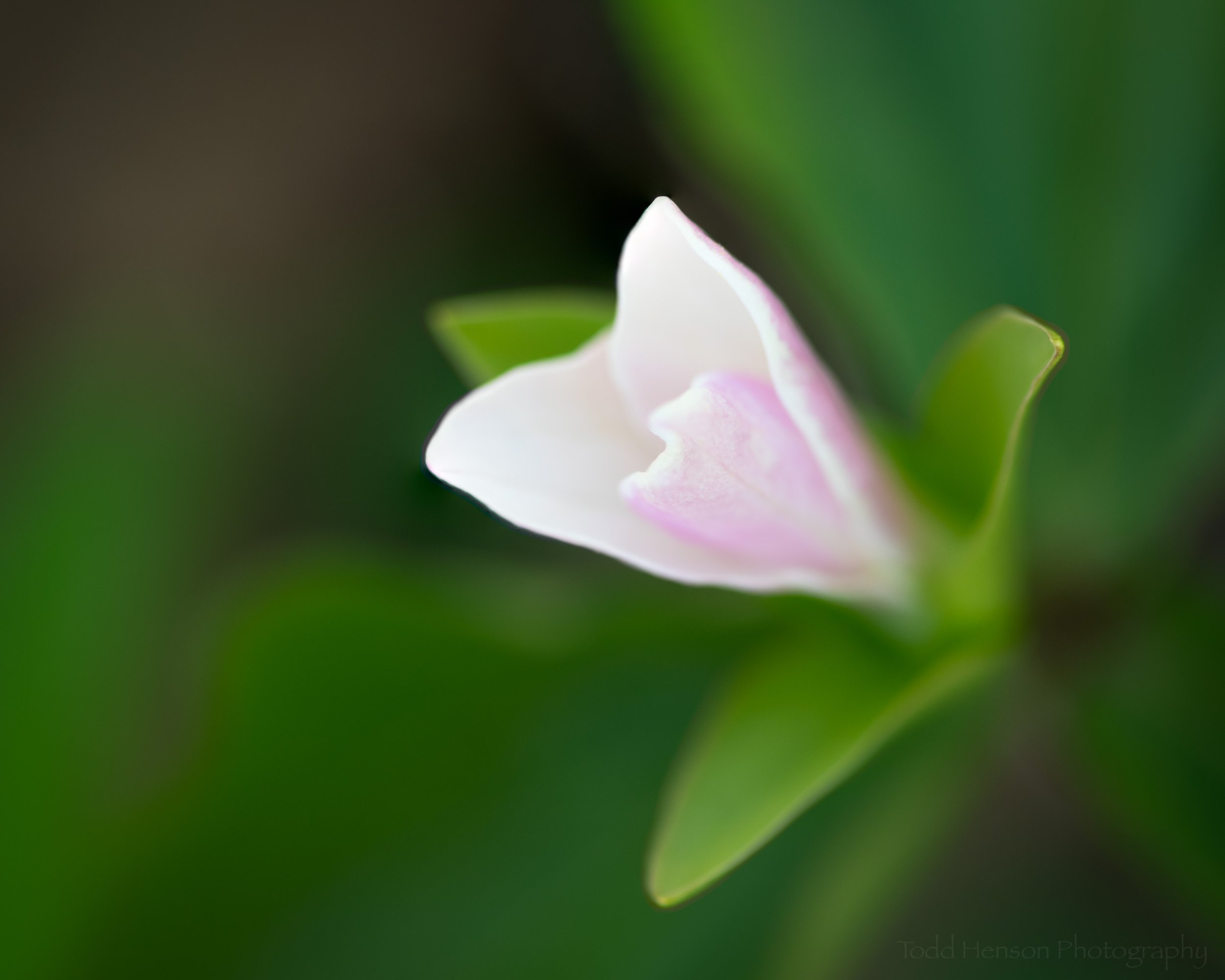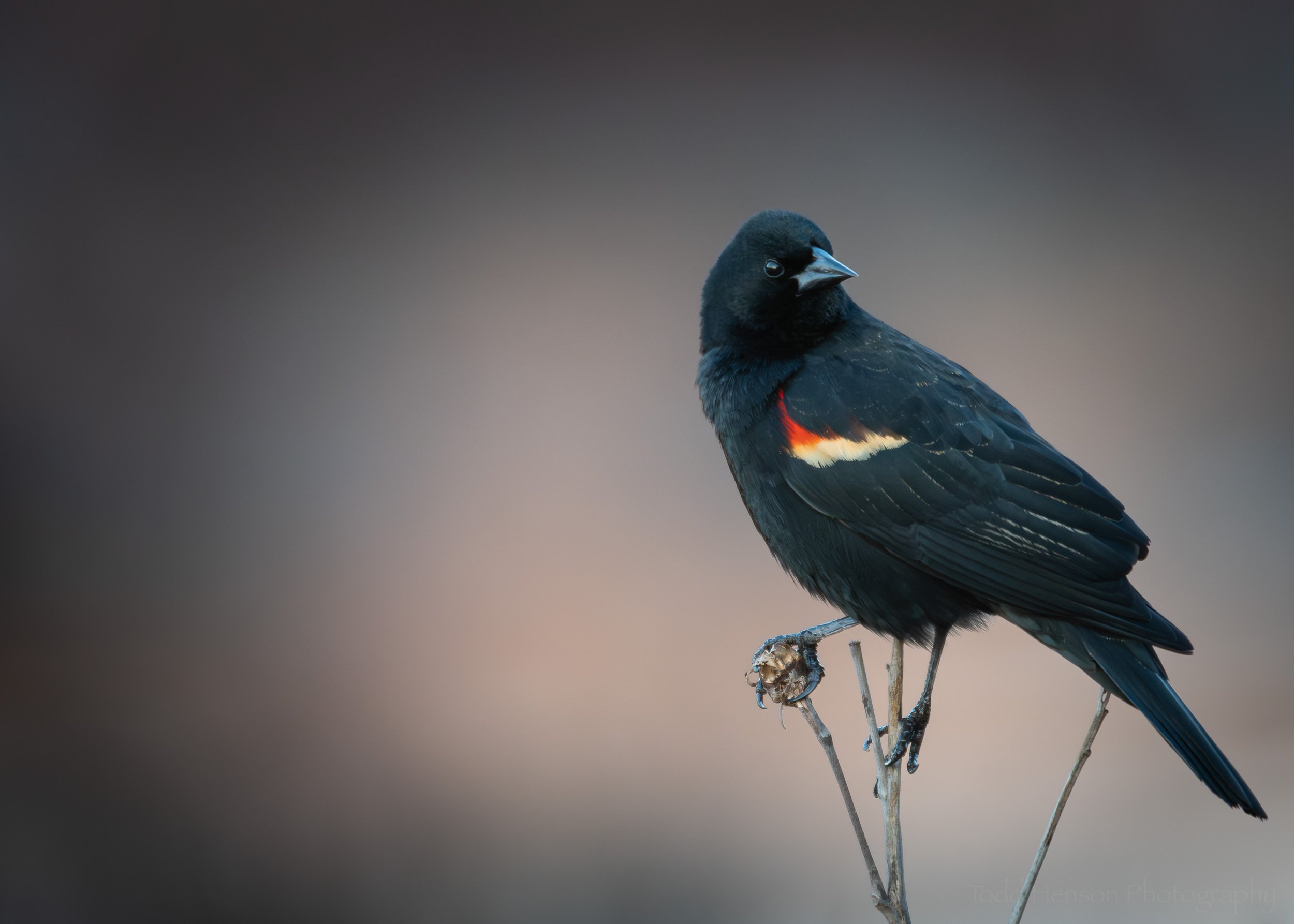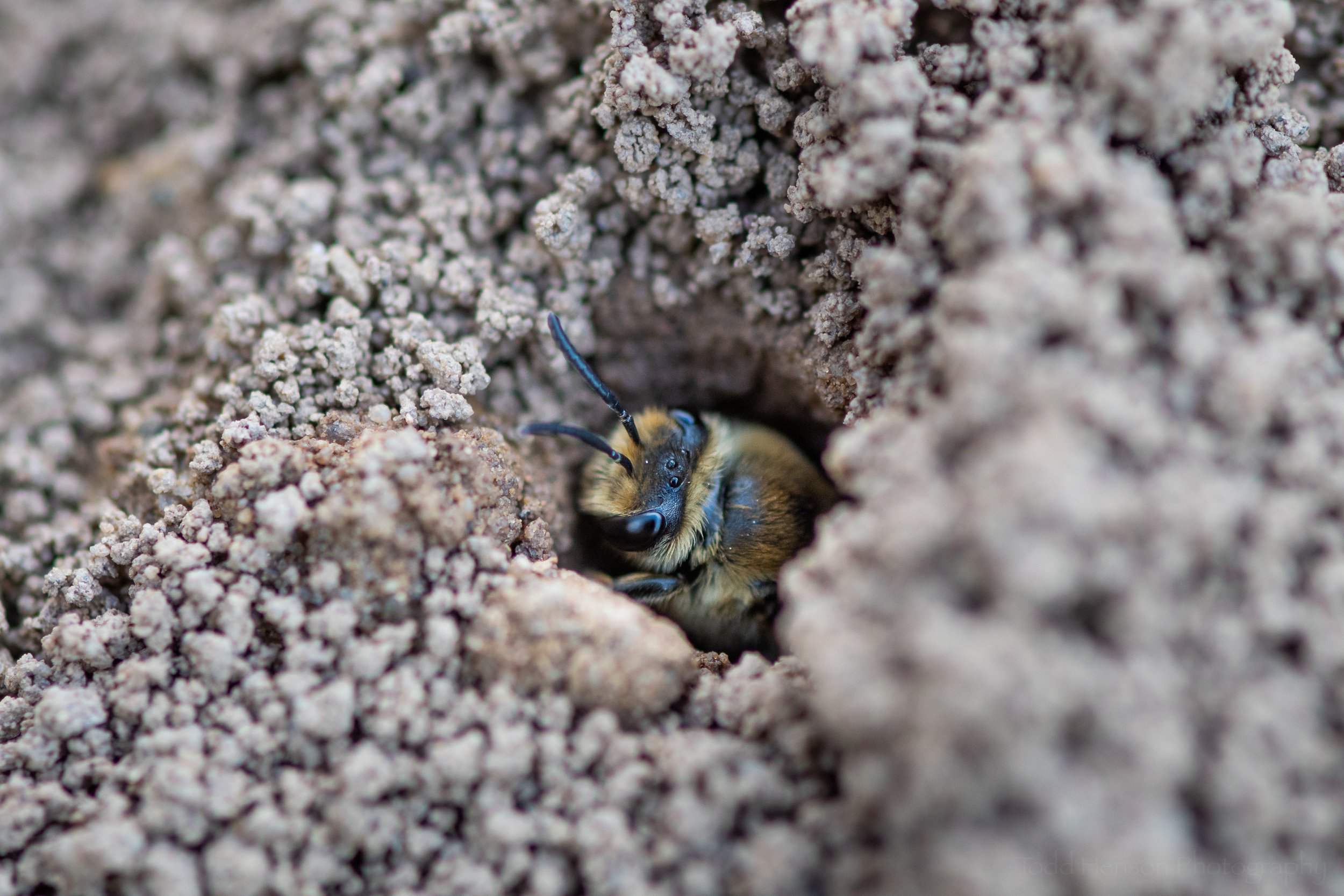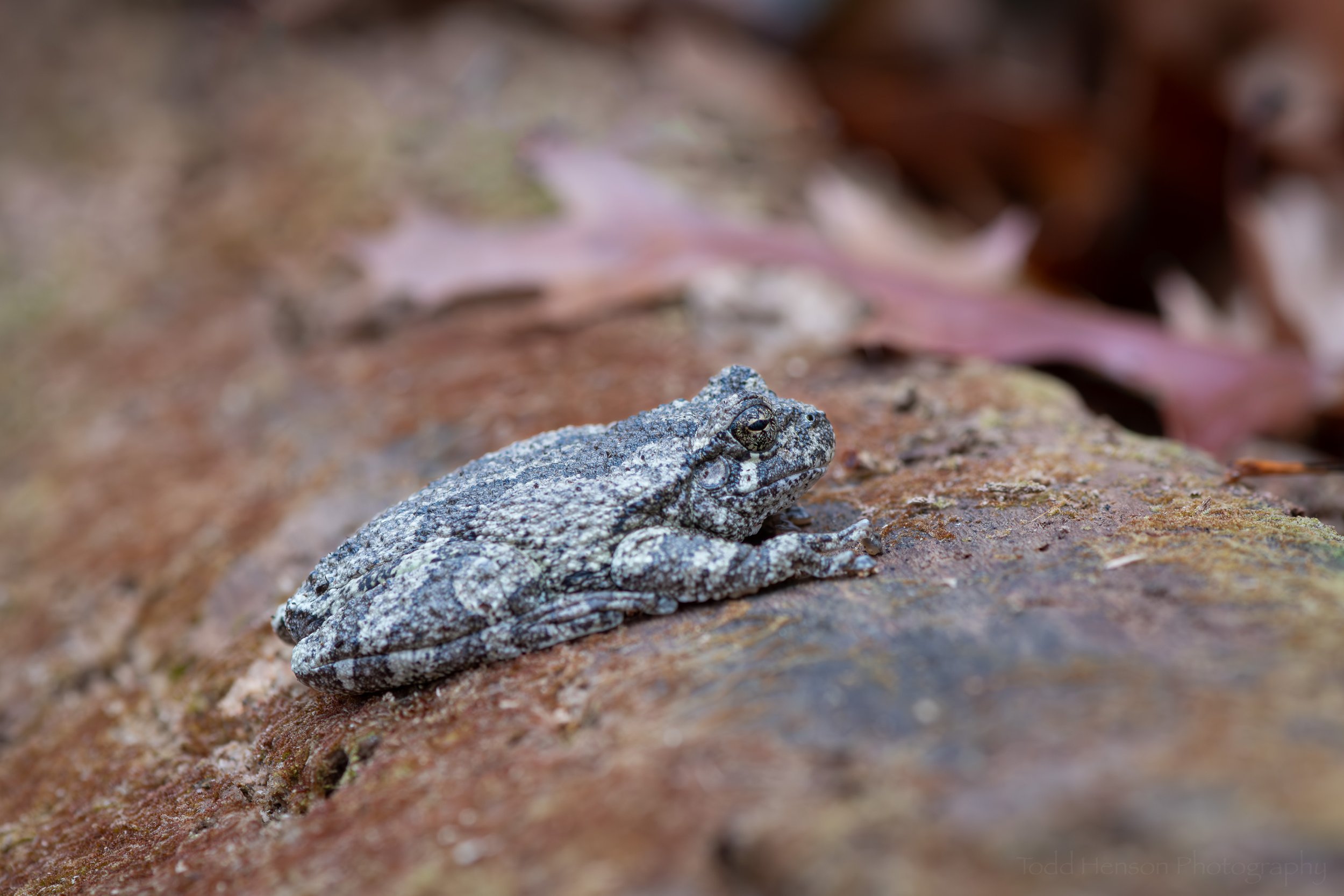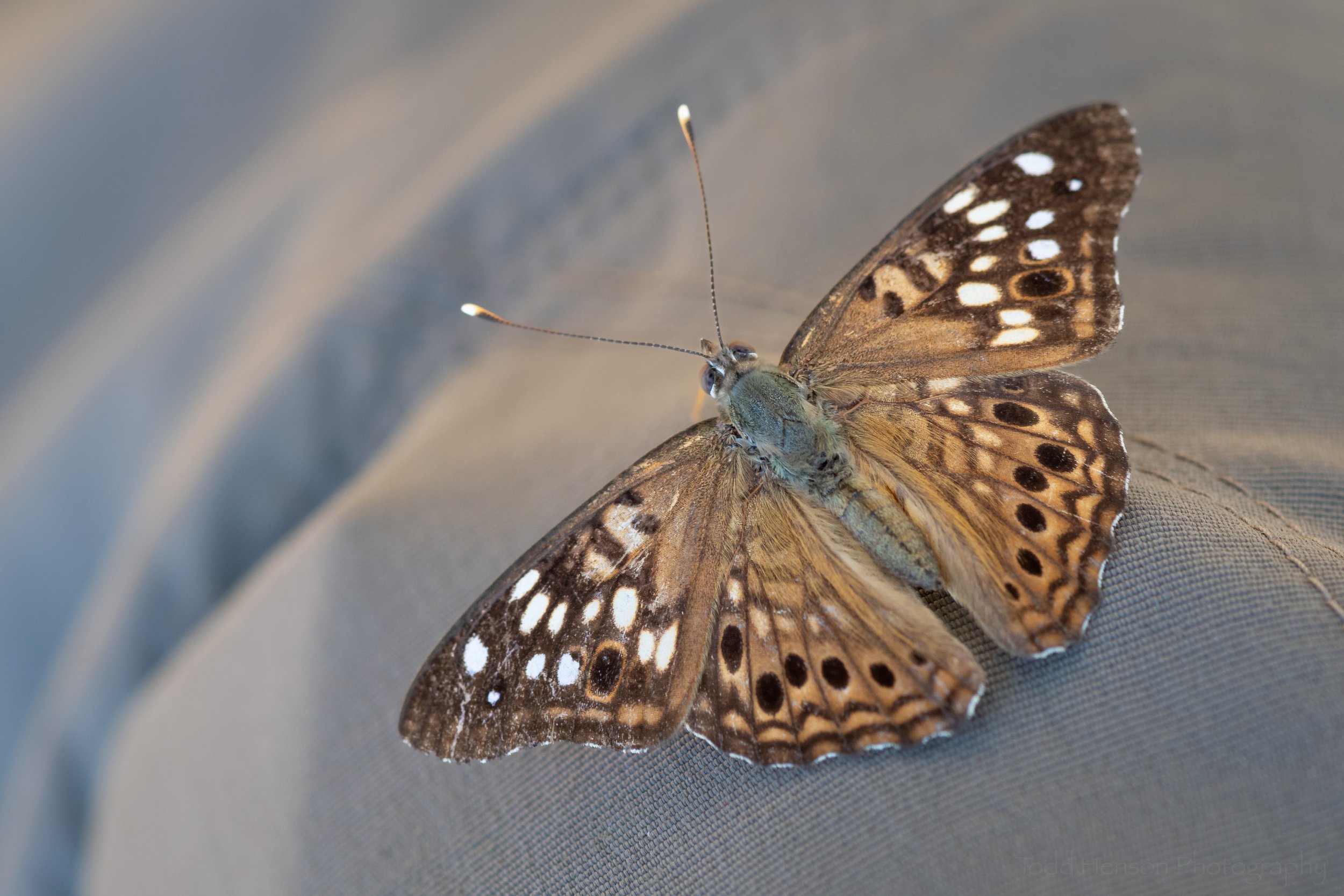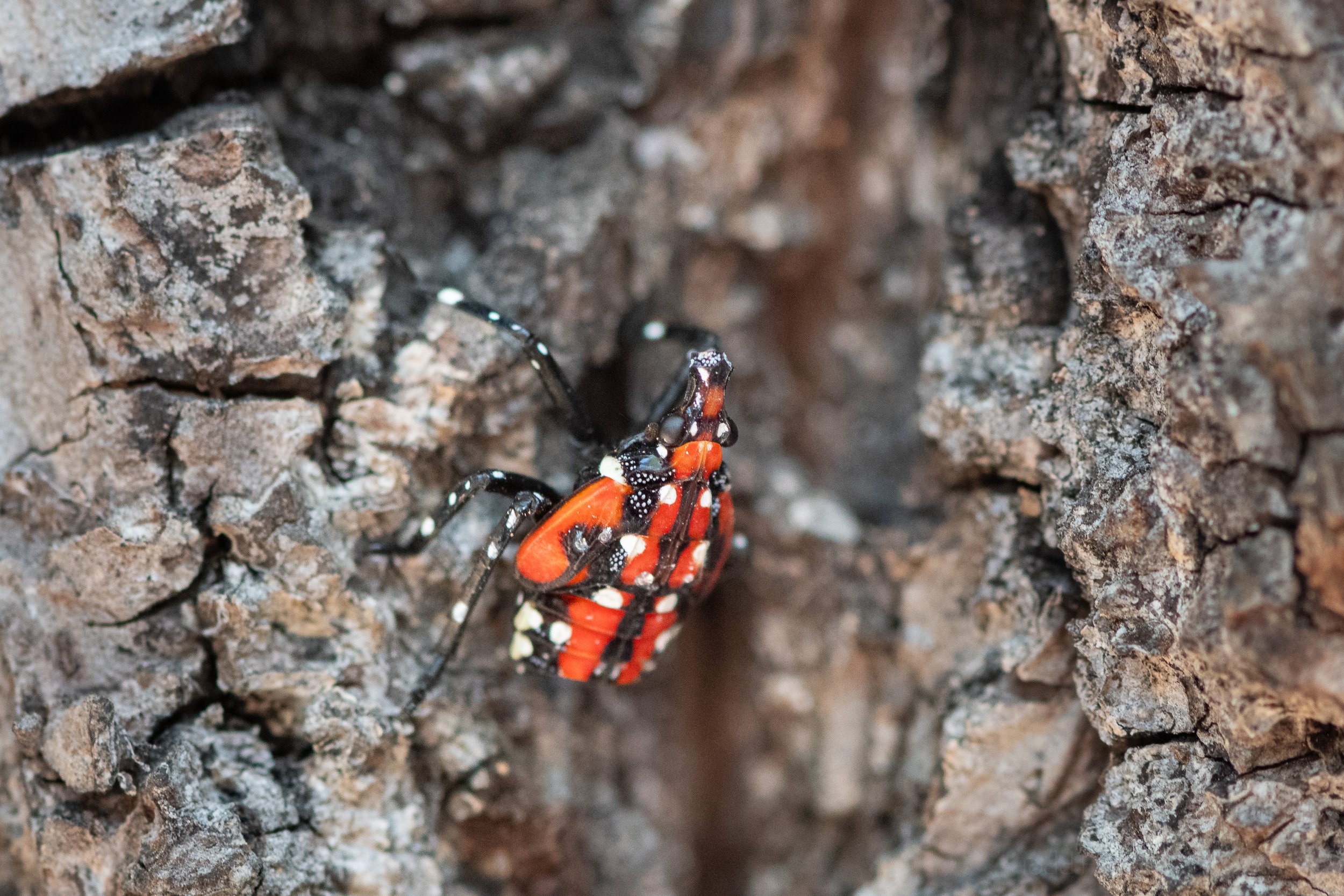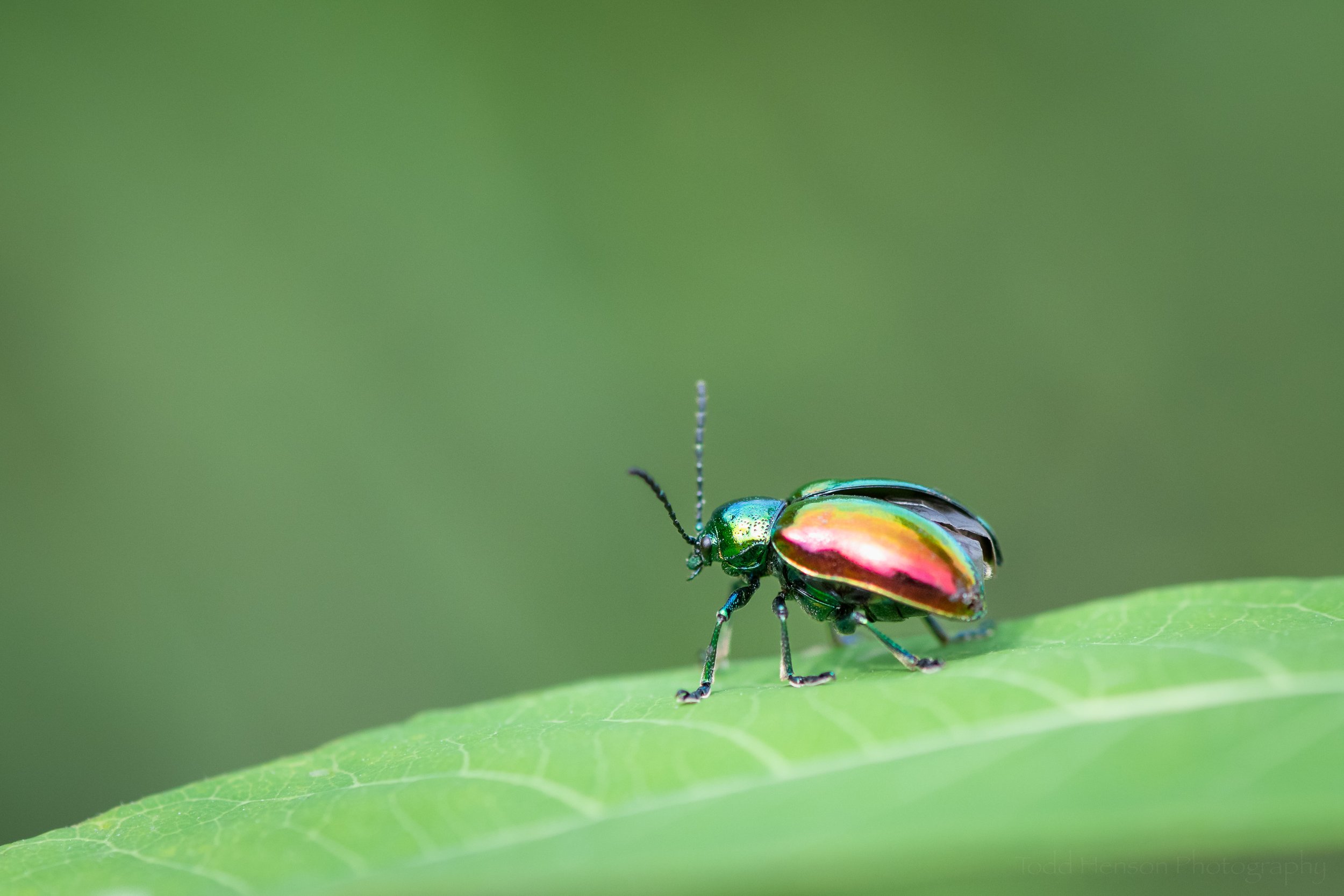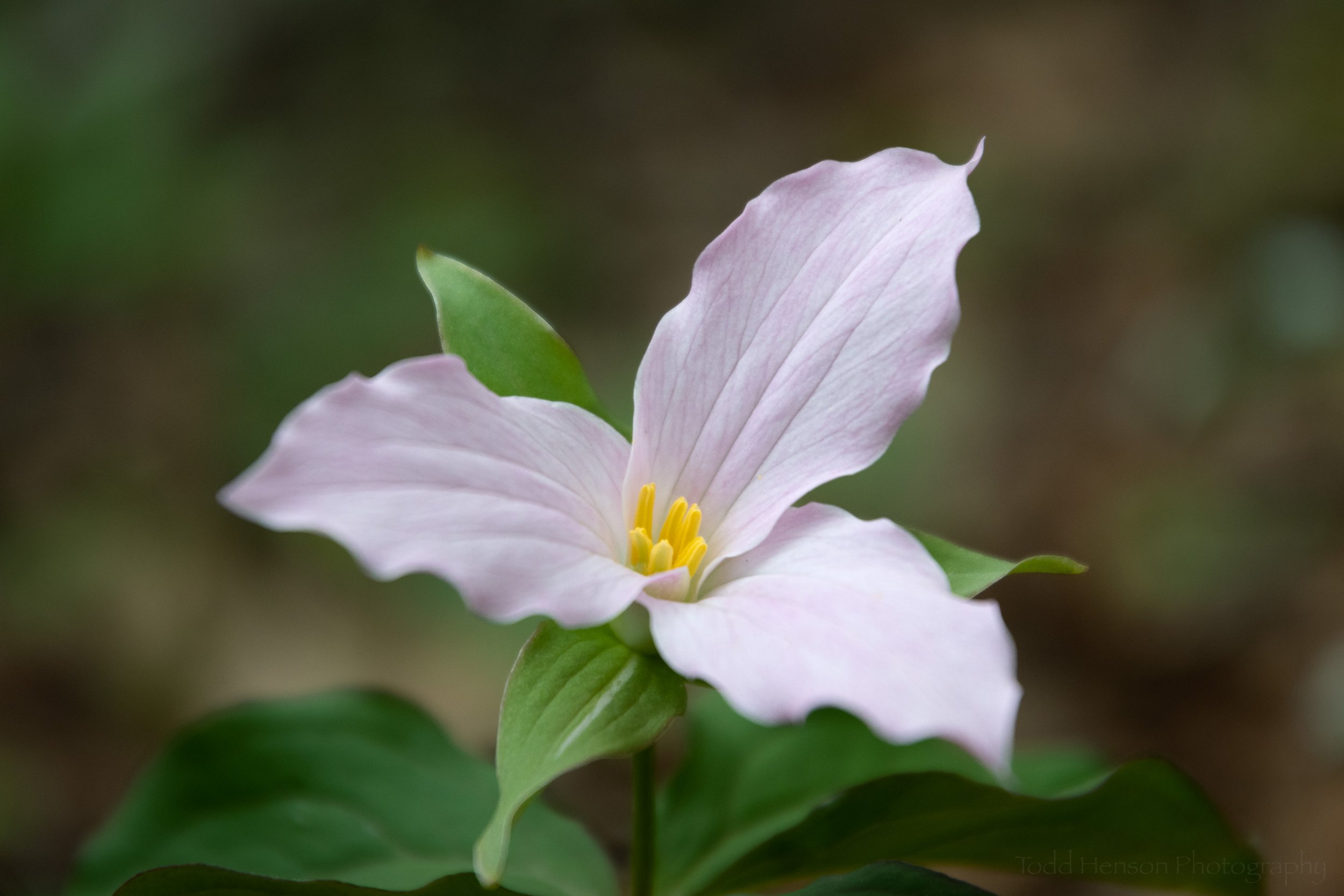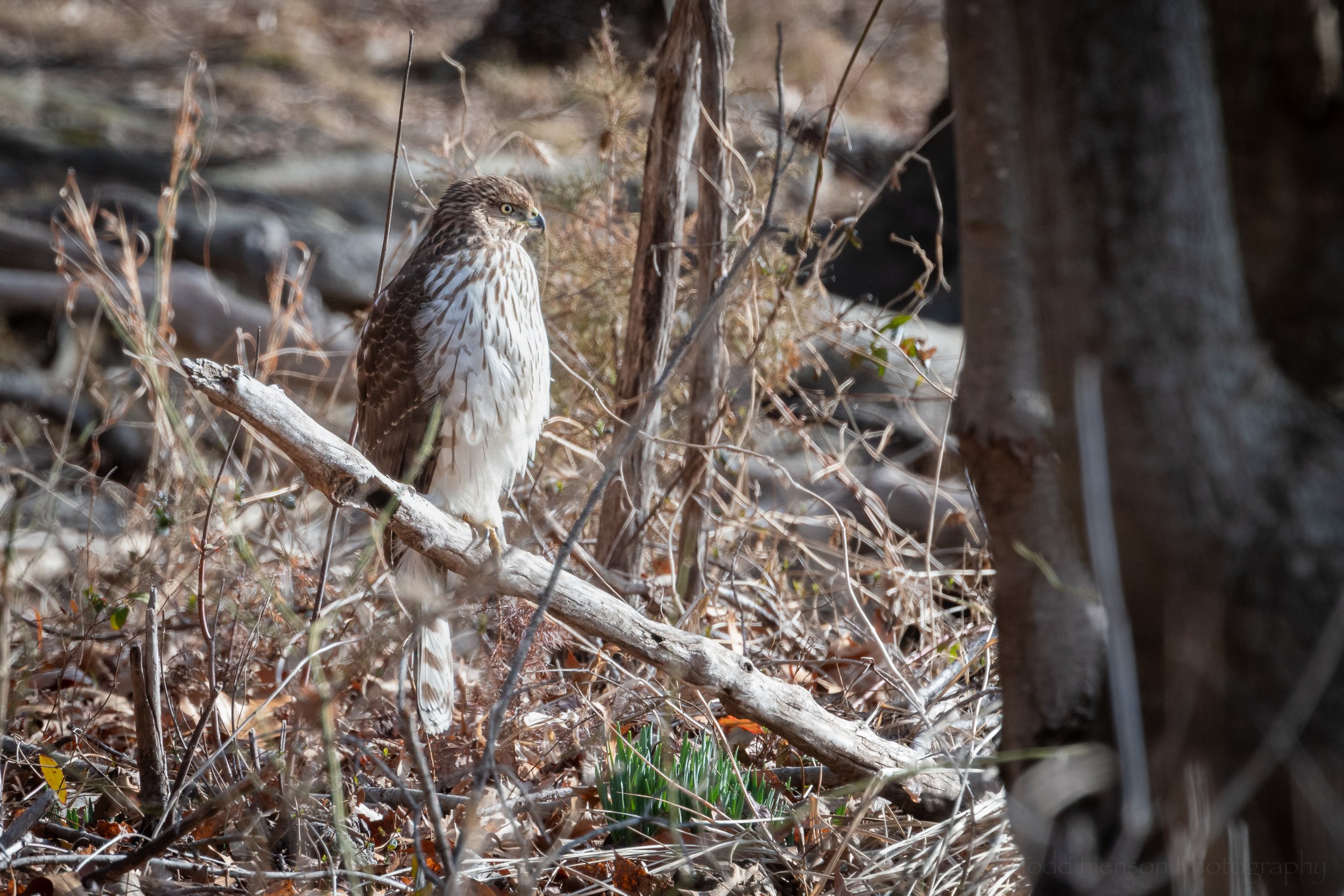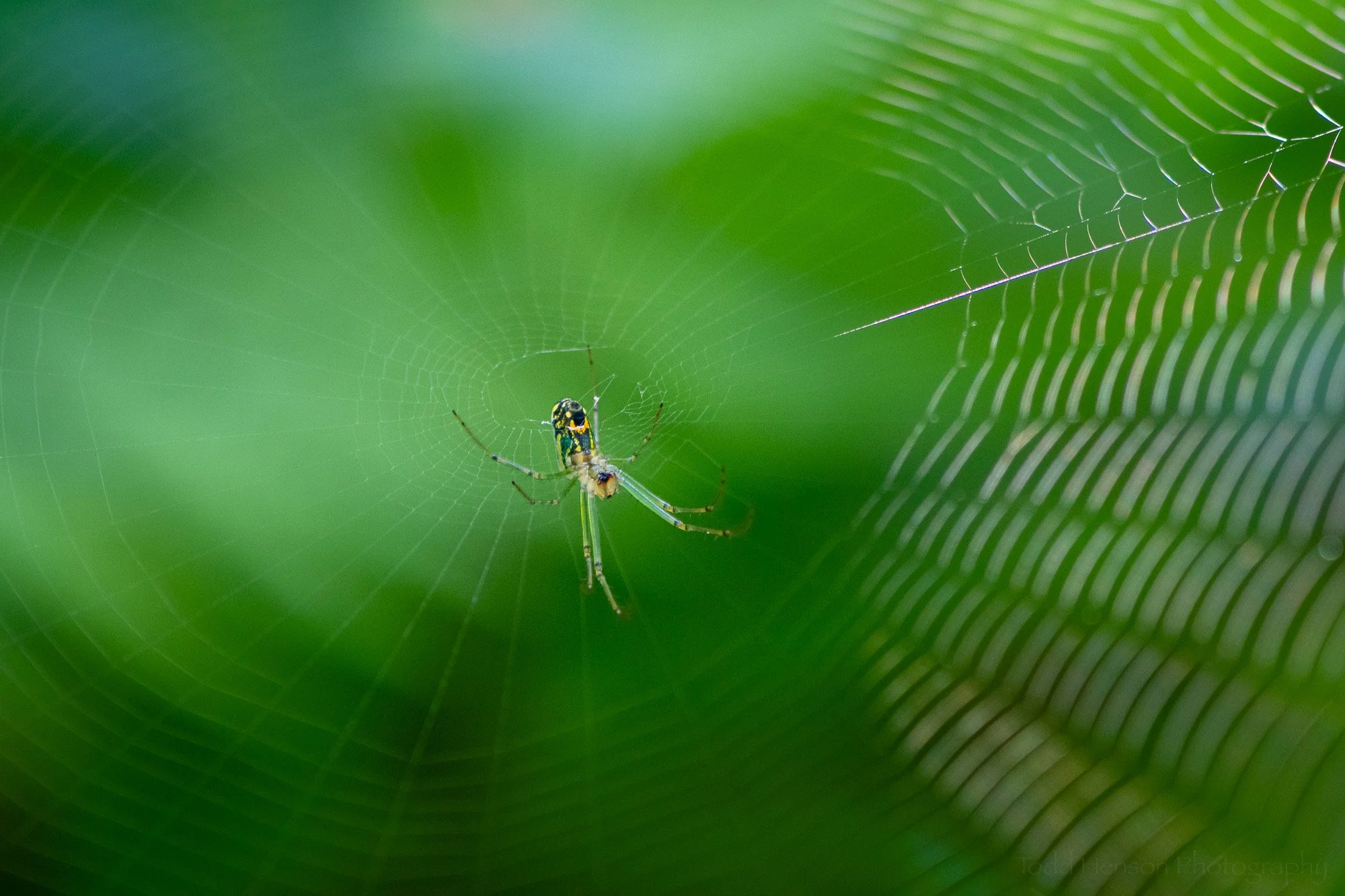A snowy urola moth blending in under a blade of grass.
While walking through some grass at Blandy Experimental Farm I saw a small flash of white. When I got down low and looked closely I found a small white moth, a snowy urola moth, hiding under a blade of grass. It was so small and narrow it just about disappeared when viewed from up top. It looked very sleek when hunkered down with its antennae and wings folded up.
A closer view of the snowy urola moth
I got as close as I could and kept photographing as the moth appeared to begin “looking about” with its antennae, perhaps trying to determine if the coast was clear or if there was a threat about. I knew I wasn’t a threat, but of course it didn’t know that.
The snowy urola moth with its antennae out
After creating these photos I moved on and left this little moth in peace.
Do you enjoy these posts?
Sign up to receive periodic emails with updates and thoughts. Don’t worry, I won’t spam you. And please consider purchasing artwork or products from my online store, and using my affiliate links in the sidebar to the right when shopping online.
I appreciate your support!
